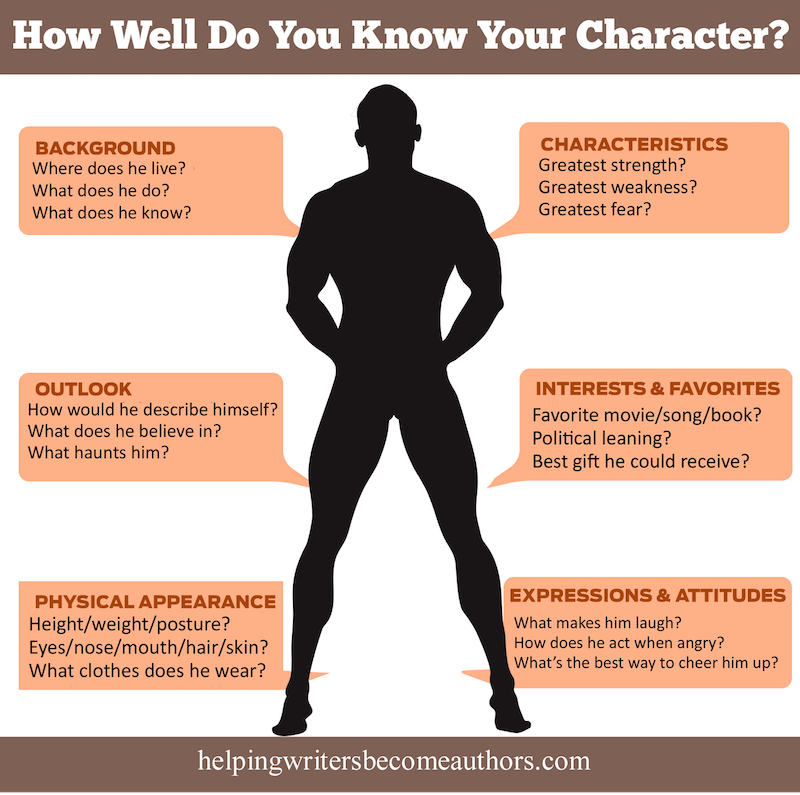How to Use Character Interviews to Discover Your Characters
Episode #8 of the course How to outline your novel by K.M. Weiland
Welcome to the eighth lesson in our course on outlining your novel! In the previous seven lessons, as you’ve focused on outlining your plot, you’ve also been outlining your characters, perhaps without even knowing it. But now it’s finally time to focus exclusively on character interviews.
Character interviews can make all the difference in both the ease of writing a new character and his success in driving the plot. Depending on how many of your characters you decide to interview (more on that in a bit), character interviews can be a lengthy part of the outline. But they’re always worth it. They are often one of the easiest and most enjoyable parts of the outline.
→ You can find the full 100+-question interview I use right here.
How to Use the Interview During the Outlining Stage
Implementing the character interview is easy—just sit down and start answering! This is perhaps the most guided part of the outlining process, since it is, in essence, a fill-in-the-blanks exercise. However, as with any part of a successful outline, your answers to the character interview should not be random.
By this point in the outlining process, you will have already discovered your characters. By now, they will be real people living within a real plot. Their shape and essence should be very clear to you.
In filling out the character interviews, you will inevitably run up against a few questions for which you don’t know the answers, and you’ll have to brainstorm something on the spot. But most of the answers should be evident from what you already know about your characters and plot.
As you go through the interview questions, muse aloud on the page, writing whatever comes to mind about the character. Answers can be as long as several paragraphs.
How to Use Your Character Interviews Throughout Your Writing Process
Character interviews will supply information in a format you can use throughout the drafting process. They provide the further benefit of being a handy resource for referencing facts about your characters throughout the writing process.
Collect your interviews in accessible folders and refer to them frequently while writing your first draft, whenever you have a continuity question about eye color or birth date—or when you need inspiration for how a character might react when he’s angry or frustrated in a particular scene.
Which Characters Should You Interview?
Consider which characters are integral to your story. Which do you feel you don’t yet fully understand?
My own rule of thumb is that all point-of-view characters get interviews and all antagonists get interviews. If you’re going to be in a character’s head, you need to fully understand how he thinks and what made him the way he is.
Start with your protagonist and work your way through your important characters until you have a fat dossier full of everything you’ll need to create these characters from the ground up and then power them through your plot.
Have fun! This section of the outline is a no-pressure way to get to spend time with some of the most fascinating people you’ll ever meet.
Stay tuned! Tomorrow, we’re going to talk about the final step in the outlining process: the scene outline.
Recommended book
Crafting Unforgettable Characters by K.M. Weiland
Share with friends


